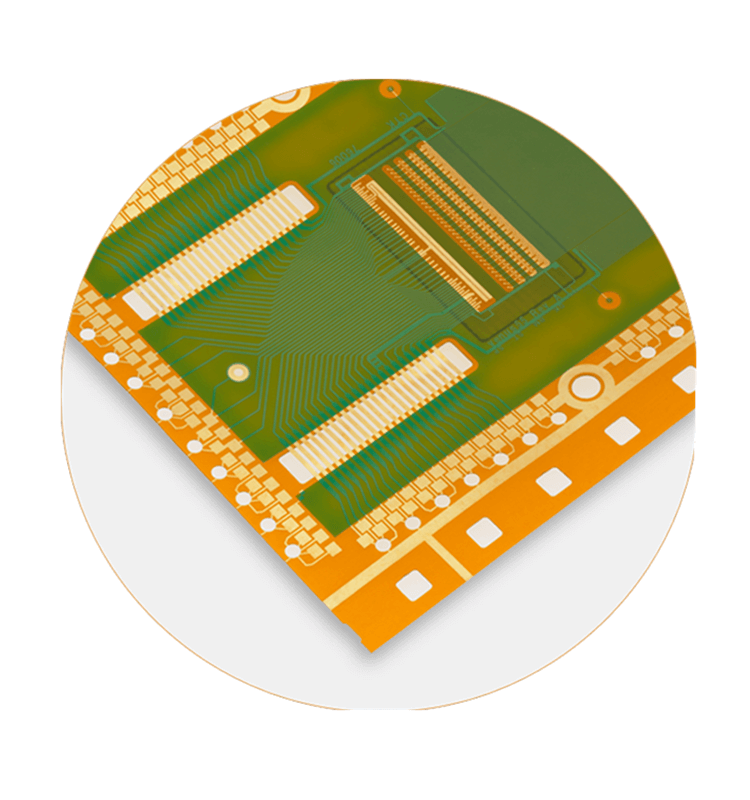What is Rigid-Flex PCB
Rigid-Flex printed circuit boards are boards using a combination of flexible and rigid board technologies in an application. Most rigid flex boards consist of multiple layers of flexible circuit substrates attached to one or more rigid boards externally and/or internally, depending upon the design of the application. The flexible substrates are designed to be in a constant state of flex and are usually formed into the flexed curve during manufacturing or installation.
Rigid-Flex designs are more challenging than the design of a typical rigid board environment, as these boards are designed in a 3D space, which also offers greater spatial efficiency. By being able to design in three dimensions rigid flex designers can twist, fold and roll the flexible board substrates to achieve their desired shape for the final application’s package.


The Advantages of Flex-Rigid PCB Technology
While this type of flexible circuit may be more expensive to design and produce, it does offer a number of important advantages. For instance, the reduced size makes it easier to fit more components into a smaller space. This can actually help to lower overall system costs. Additionally, because they require the need for fewer interconnects and related parts and components, these flexible circuit board can also prove to be more reliable and require less maintenance in the long run.
As with all types of flexible circuit boards, the flex-rigid PCB will perform well in even the harshest environments, especially those featuring extreme heat. A rigid flex board is also easy to test, making it well-suited for prototyping.
Meet the Dream Team
Textile inspires and equips people to accelerate sustainable practices in the textile value chain. We focus on minimizing the harmful impacts of the global textile industry and maximizing its positive effects.

Flex-Rigid PCB Solutions of the Highest Quality
Currently, BGPCBA has served companies in industries such as medical, telecommunications and manufacturing with our superior quality Flex-rigid PCB manufacturing services. We have an in-house quality control department to ensure your boards fabricated and assembled properly – we also guarantee the quality of all parts and components. Our engineers will even perform a Design for Manufacture (DFM) check at no additional charge.
Our experience and technical expertise enables us to develop custom flex-rigid PCBs for any specific applications. Here is our full feature flex-rigid PCB manufacturing capabilities:


| Feature | Capability |
| Material | Polyimide Flex+FR4 |
| Min. Track/Spacing | 4mil |
| Min. Hole Size | 0.15mm |
| Rigid-Flex Thickness | 0.4-3.2mm |
| FPC Thickness | 0.08-0.4mm |
| Solder Mask Color(Rigid Part) | Green, Red, Yellow, Blue, White, Black, Purple, Matte Black, Matte green |
| Covrelay (Flex Part) | Yellow Coverlay, WhiteCoverlay,Black Coverlay |
| Silkscreen | White, Black |
| Finish Cooper(Flex Part) | 0.5-2oz |
| Finish Cooper(Rigid Part) | 1-4oz |
| Via Process | Tenting Vias,Plugged Vias,Vias not covered |
| Additional Options | Half-Cut,Impedance Control |
| Build time | 10-20 days |
| Lead time | 2-3 days |
